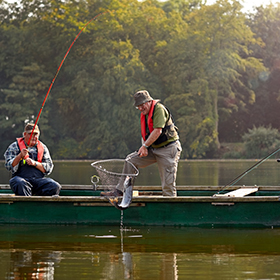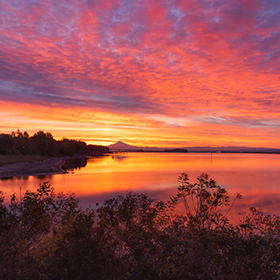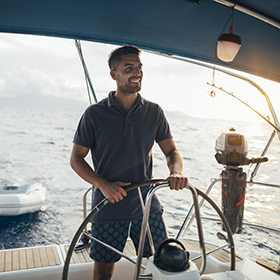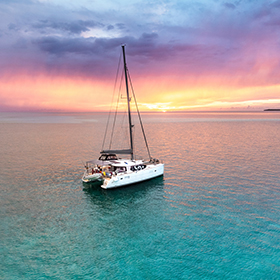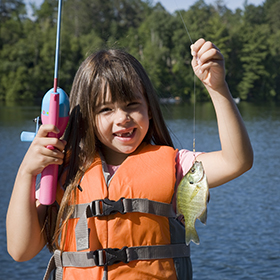Saltwater or freshwater, a fishing pier can be a great place to fish. Not only can the structure serve as habitat and a fish attractant, it is a handy access point to deeper water.
Saltwater or freshwater, a fishing pier can be a great place to fish. Not only can the structure serve as habitat and a fish attractant, it is a handy access point to deeper water.
Piers are popular areas for vacationers or weekend anglers, when their fishing time is especially limited. To increase your chances of landing more fish, try fishing less pressured times such as early in the morning or when the weather is cool or windy.
Some additional tips:
● Scout ahead of time. Notice what gear, bait, and techniques the locals are using. Then, make sure you have your fishing license.
● Bring bait. This is especially important if the pier is crowded. There is less casting with baited rigs than lures, so safer and less chance of crossing lines.
● Have a variety of hook sizes available. Big fish are always the goal, but you may need to “think small” at first, especially if the bait keeps getting nibbled off.
● Because some piers are high above the water, it may be necessary to lift the fish several feet to land. Make sure you have a heavy enough line and rod to handle a big fish. Sometimes a long handled net may be needed.
● Depending on the pier location and design, there may be some shore access too. Scout this potential site ahead of time. If you’re hooked up with a really big fish, it may be necessary to walk down the length of the pier to land or release it rather than damage any fish or tackle with the height obstacle.
● Warn other anglers if you hook up. “Fish on!” is the international phrase for fishing neighbors to reel in and avoid tangles.
Piers are popular areas for vacationers or weekend anglers, when their fishing time is especially limited. To increase your chances of landing more fish, try fishing less pressured times such as early in the morning or when the weather is cool or windy.
Some additional tips:
● Scout ahead of time. Notice what gear, bait, and techniques the locals are using. Then, make sure you have your fishing license.
● Bring bait. This is especially important if the pier is crowded. There is less casting with baited rigs than lures, so safer and less chance of crossing lines.
● Have a variety of hook sizes available. Big fish are always the goal, but you may need to “think small” at first, especially if the bait keeps getting nibbled off.
● Because some piers are high above the water, it may be necessary to lift the fish several feet to land. Make sure you have a heavy enough line and rod to handle a big fish. Sometimes a long handled net may be needed.
● Depending on the pier location and design, there may be some shore access too. Scout this potential site ahead of time. If you’re hooked up with a really big fish, it may be necessary to walk down the length of the pier to land or release it rather than damage any fish or tackle with the height obstacle.
● Warn other anglers if you hook up. “Fish on!” is the international phrase for fishing neighbors to reel in and avoid tangles.


